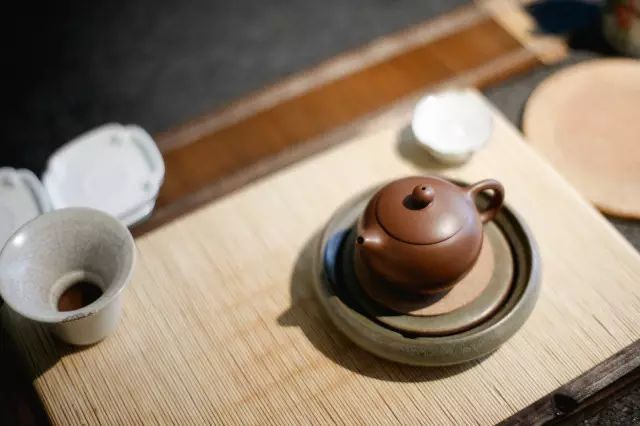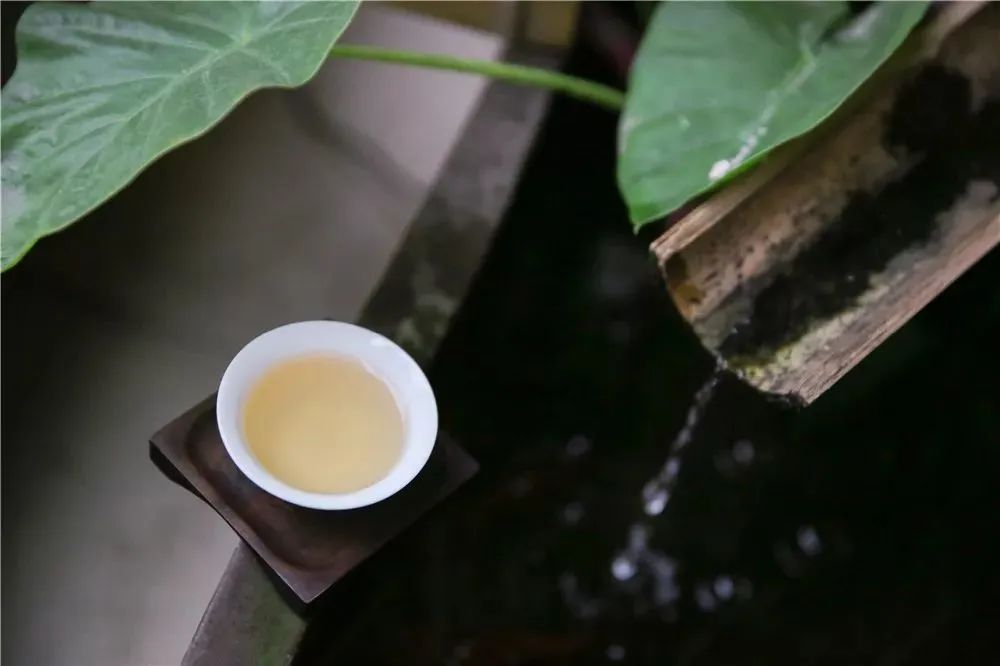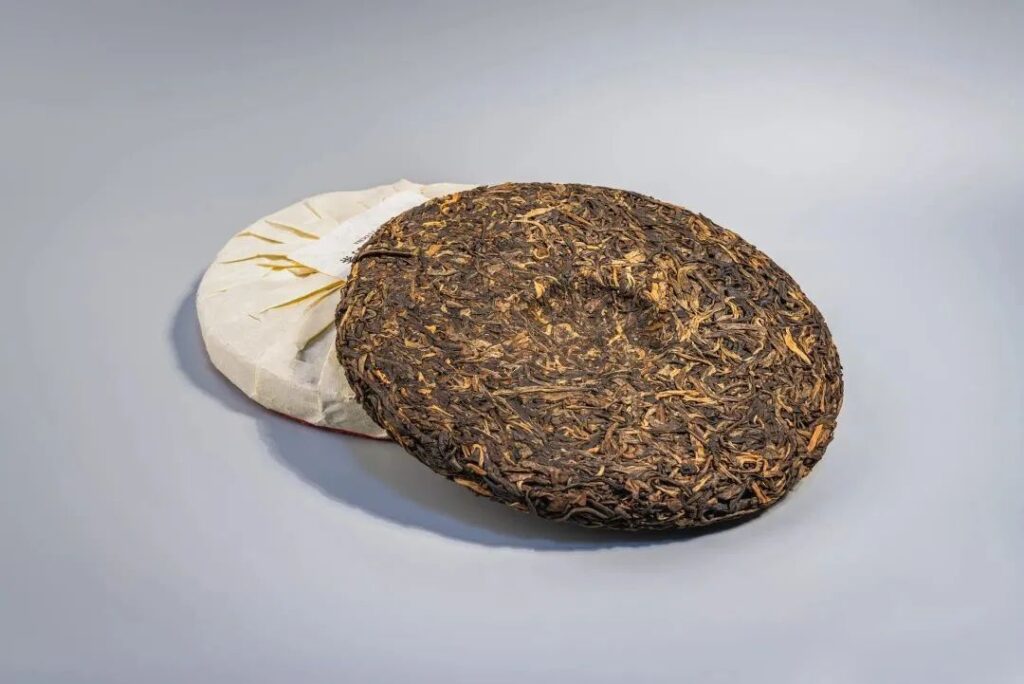When tea lovers encounter a fine tea, they often purchase some to store at home, enjoying a cup in their leisure time or brewing a pot when friends visit… Thus, storing tea becomes a task that requires careful attention. If not stored properly, one might find the taste completely different from when it was first purchased, which would be a great pity. Below, we will detail how to properly store tea at home. Understanding the main factors that lead to tea deterioration:
01 Light
Specific Methods: First, place a thin plastic bag inside the can to maintain cleanliness within the container. Each can may contain 1-2 small packets of silica gel to keep the interior dry. After sealing, store in cool a, dark place.
Tan Storage Method: The container used for tan storage must be dry, odorless, and well-constructed. Common containers include earthenware pots and stainless-steel barrels. It is important to note that tea should not be mixed for storage, as different tea fragrances are distinct and can lose their original characteristics if stored together. App Tealicable Types: Yellow tea benefits from storage in an earthenware pot, which helps maintain dryness. Specific Methods: Wrap the tea in kraft paper or other thick paper and place it into the pot, with lime packets in the middle, the size of which depends on the situation. Use cotton or thick paper to line the pot’s mouth to reduce air circulation. After about a month, check and replace the lime if color its has darkened. Bottle Storage Method: The lining of a thermos bottle has excellent light-blocking, insulation, and air-excluding properties. It is crucial to choose a thermos with good insulation./Applicable Tea Types: Oolong tea is also a good choice for storage in a thermos bottle. Ensure the lid is tightly sealed and the bottle’s mouth is sealed with white wax. Specific Methods: Fill the bottle with dry tea, making sure it is packed full to avoid leaving space inside the bottle. Tighten the bottle cap with a cork and, if sealed with wax, wrap it with adhesive tape for better results. This mainly prevents air from entering the bottle. Bag Storage Method: The bag storage method is the most commonly used and one of the simplest and most economical ways to store tea at home. It is important to use food-grade plastic bags, preferably high-density and high-strength ones. Black tea and white tea are not suitable for sealing in plastic bags. Applicable Tea Types: Black tea and green tea can be packaged in plastic bags. Specific Methods: Package the tea in soft paper or kraft paper, then place it into a plastic bag and tie the mouth with a string. Refrigeration Method: Since tea is prone to accelerate oxidation or spoilage in high temperatures, it is suitable to store tea in a cool place, which can slow down the rate of its auto-oxidation. Applicable Tea Types: Green tea is best stored in the refrigerator. Black tea, oolong tea, and dark tea do not need to be kept in the refrigerator. This is because black tea and oolong tea have low levels of polyphenols, which slow down spoilage and are easier to store. Dark tea contains beneficial bacteria and enzymes that require a ventilated, cool, and dry environment to function. White tea is durable and its storage is more environmentally friendly; it does not require low-temperature preservation, only normal temperature and odor protection.
To ensure the longevity and value of your tea, follow these specific methods:
1. Package the tea in small portions and seal them in iron or tin containers.
2. Place the sealed containers in a plastic bag to protect against moisture.
3. Store the bagged containers in refrigerator the.
For short-term storage or frequent consumption, keep the tea in the refrigerator at a temperature around 5°C.
If the tea is unopened and needs to be stored for over a year, it should be placed in the freezer.
Storing your fine tea under the right conditions maximizes its collectible value. Try these methods to preserve your tea effectively.



